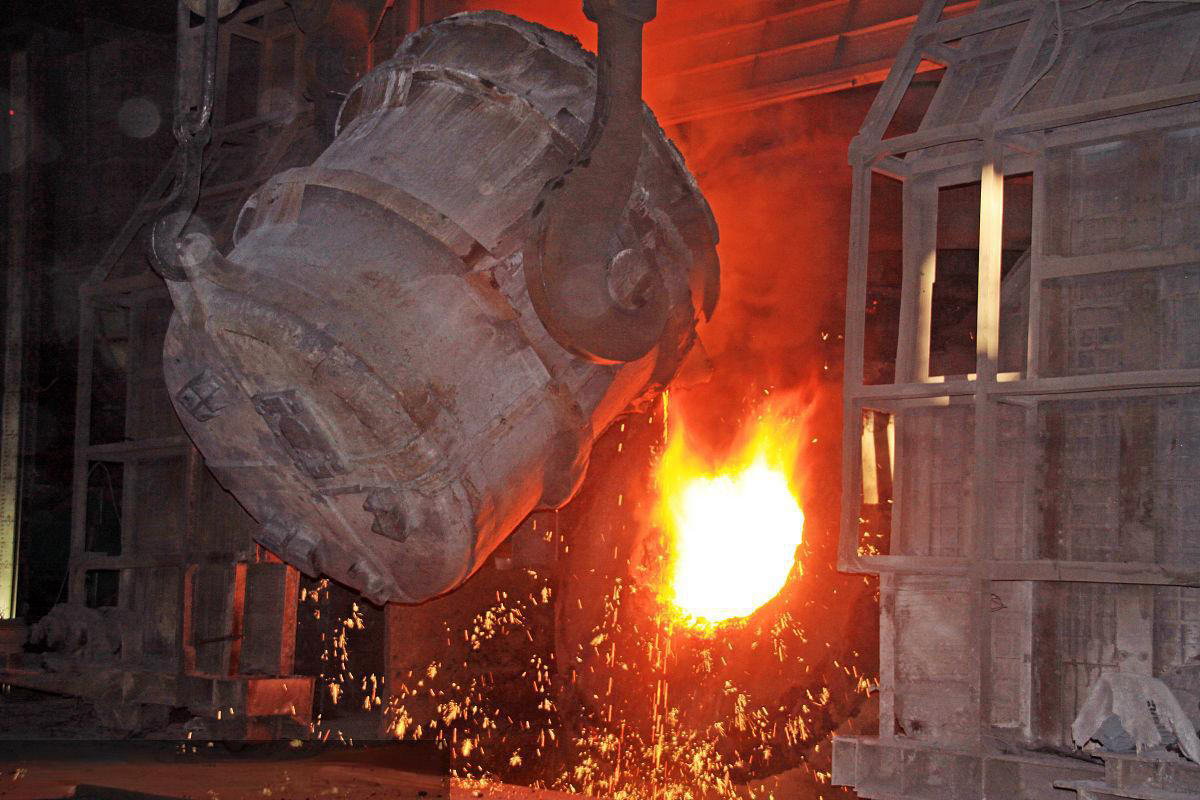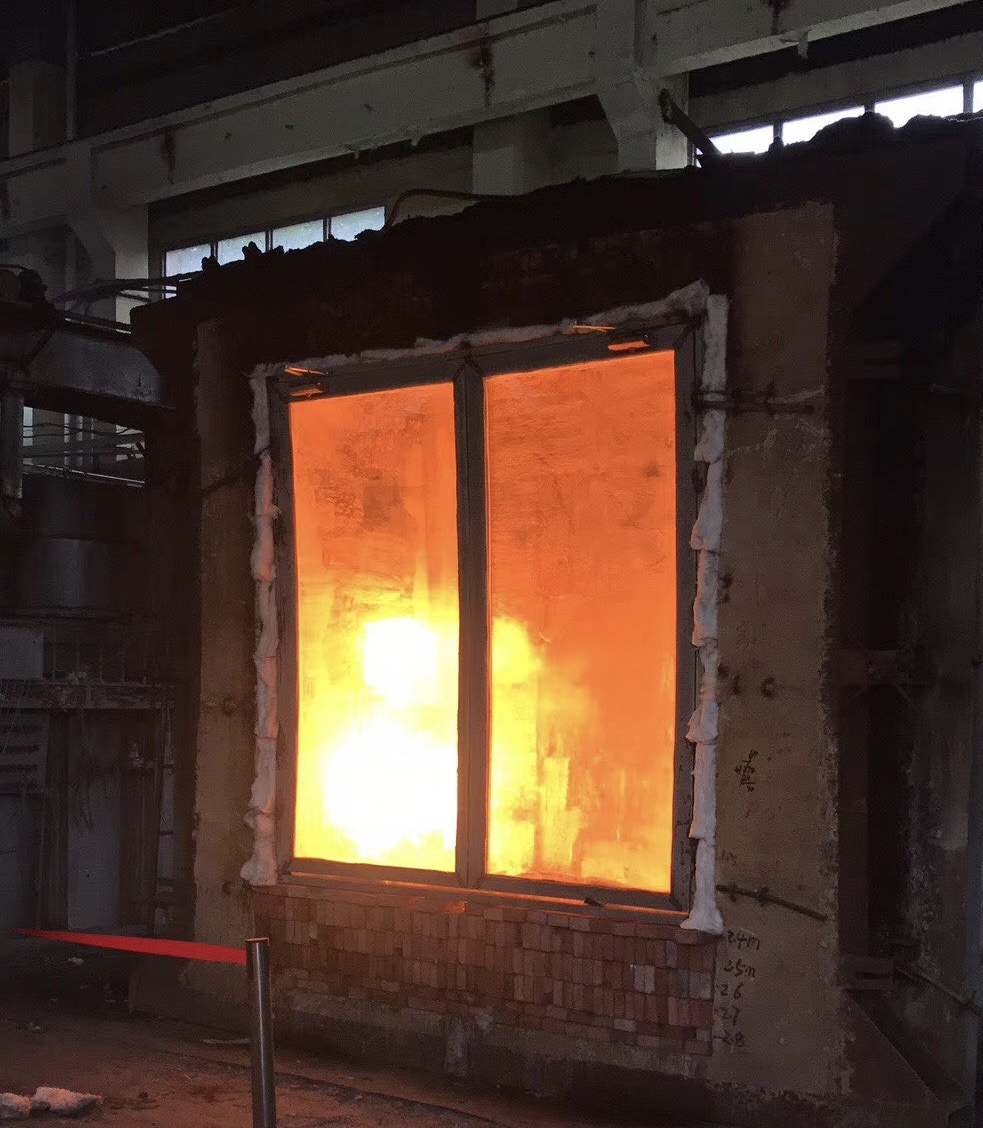The Ultimate Guide to Choosing Refractory Bricks for BOF Linings
Basic Oxygen Furnaces (BOFs) are the workhorses of steelmaking, operating at temperatures exceeding 1,600°C with intense chemical reactions between molten steel, slags, and oxygen. The lining of a BOF, made from refractory bricks, is critical to its performance—failure here leads to costly downtime, safety risks, and poor steel quality. This guide breaks down how to select the right refractory bricks for BOF linings, ensuring durability, efficiency, and cost-effectiveness.
Key Requirements for BOF Lining Refractory Bricks
BOF linings face unique challenges that demand specific properties from refractory bricks. First, corrosion resistance is non-negotiable: BOFs use alkaline slags (rich in CaO) that aggressively attack most materials. Refractory bricks must withstand these chemical assaults to avoid premature wear. Second, thermal shock resistance is vital—rapid heating during steelmaking and cooling during tapping cause extreme temperature swings, which can crack weaker refractory bricks.
Third, high-temperature stability is a must. Refractory bricks for BOF linings must maintain their structure at 1,600°C and above without softening or deforming. Finally, mechanical strength is critical: the weight of molten steel, slag movement, and oxygen lance impacts exert significant pressure, requiring refractory bricks to resist abrasion and impact damage.

Step-by-Step Guide to Selecting BOF Lining Refractory Bricks
1. Evaluate Your BOF’s Operating Conditions
Start by analyzing your BOF’s specific needs. What is the typical temperature range? What is the slag composition (alkaline vs. acidic)? How frequently do you tap steel (affecting thermal cycles)? For example, BOFs with high CaO slag need refractory bricks with strong alkaline resistance, while those with frequent tapping require superior thermal shock resistance.
2. Compare Key Refractory Brick Types
·Magnesia Chrome Bricks: These refractory bricks are a top choice for BOFs due to their exceptional corrosion resistance to alkaline slags and high-temperature stability (up to 1,800°C). Their spinel structure (MgO·Cr₂O₃) forms a protective barrier against slag penetration.
·Magnesia Carbon Bricks: Combining magnesia’s corrosion resistance with carbon’s thermal shock resistance, these refractory bricks are ideal for BOF sidewalls and tapholes. They handle rapid temperature changes well but require protection from oxidation.
·Dolomite Bricks: Cost-effective and highly resistant to alkaline slags, dolomite refractory bricks work for BOF linings but need careful handling to avoid hydration (reaction with moisture).
3. Prioritize Longevity and Cost Efficiency
While upfront cost matters, focus on the total lifecycle cost of refractory bricks. A slightly pricier option like Magnesia Chrome Bricks may last 2–3 times longer than cheaper alternatives, reducing downtime and replacement costs. Calculate the “heats per lining” metric—how many steelmaking cycles the refractory bricks can endure—to compare value.
4. Check for Industry Certifications
Ensure the refractory bricks meet industry standards (e.g., ISO, ASTM) for BOF applications. Certifications guarantee consistent quality, chemical composition, and performance. Reputable manufacturers provide test reports on corrosion resistance, thermal shock resistance, and compressive strength.
5. Partner with Experienced Suppliers
Opt for suppliers with a proven track record in delivering refractory solutions specifically tailored to BOF applications. They can provide tailored advice, conduct slag analysis, and recommend the best refractory bricks for your specific BOF. Many offer on-site support for installation and maintenance, ensuring your refractory bricks perform optimally.

Final Tips for Success
·Regularly inspect refractory bricks for wear indicators, and act swiftly to replace damaged segments—delays can accelerate lining degradation.
·Train staff on proper BOF operation to minimize unnecessary stress on refractory linings (e.g., avoiding excessive temperature swings).
·Stay updated on new refractory brick technologies—innovations like low-chrome Magnesia Chrome Bricks offer improved sustainability without sacrificing performance.
By following this guide, you’ll select refractory bricks that maximize BOF efficiency, reduce costs, and ensure safe, reliable steel production. The right refractory bricks aren’t just a lining—they’re a foundation for operational excellence.installation and maintenance, ensuring your refractory bricks perform optimally.
Final Tips for Success
· Regularly inspect refractory bricks for wear and replace damaged sections promptly.
· Train staff on proper BOF operation to minimize unnecessary stress on refractory linings (e.g., avoiding excessive temperature swings).
· Stay updated on new refractory brick technologies—innovations like low-chrome Magnesia Chrome Bricks offer improved sustainability without sacrificing performance.
By following this guide, you’ll select refractory bricks that maximize BOF efficiency, reduce costs, and ensure safe, reliable steel production. The right refractory bricks aren’t just a lining—they’re a foundation for operational excellence.
Inquiry Now
Please leave your e-mail and we will contact you as soon as possible
contact us
Your satisfaction is our top priority. Whether you have questions, need support, or want to share feedback, our dedicated team is ready to assist you every step of the way.